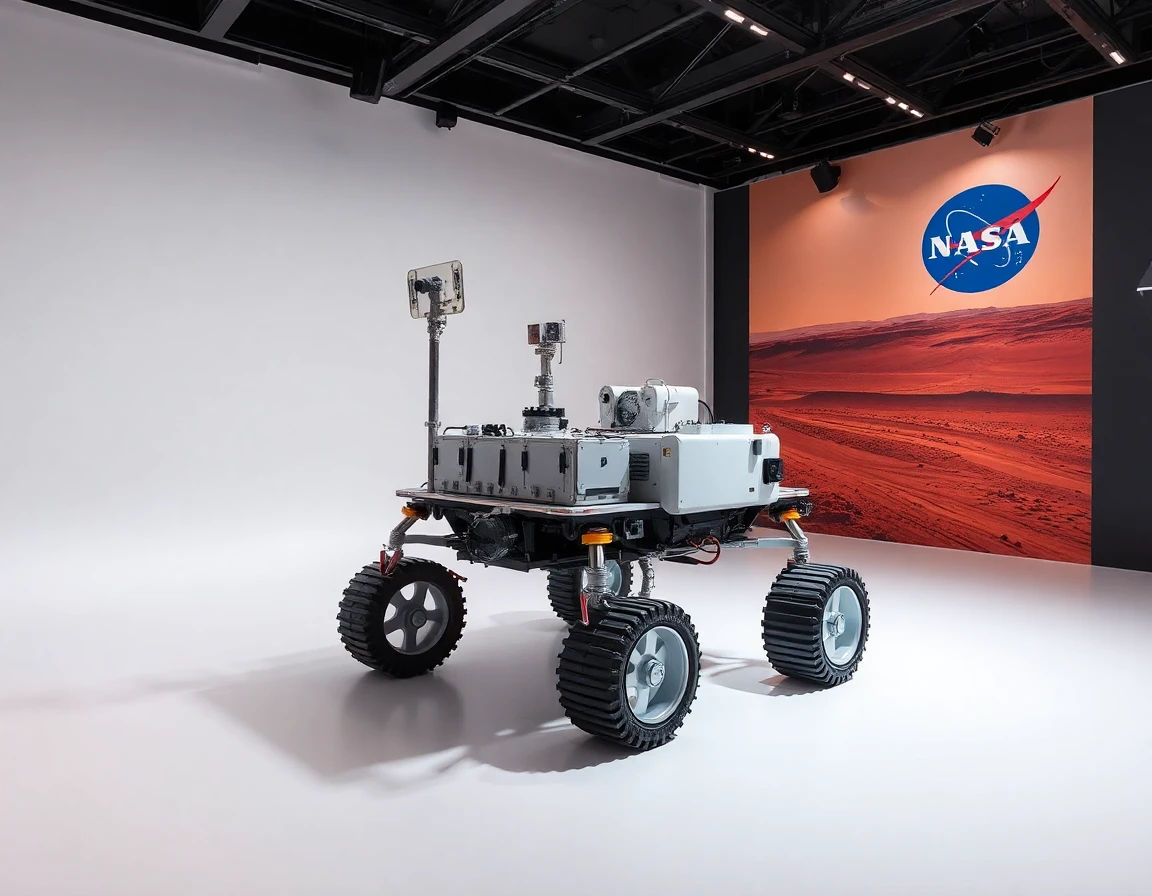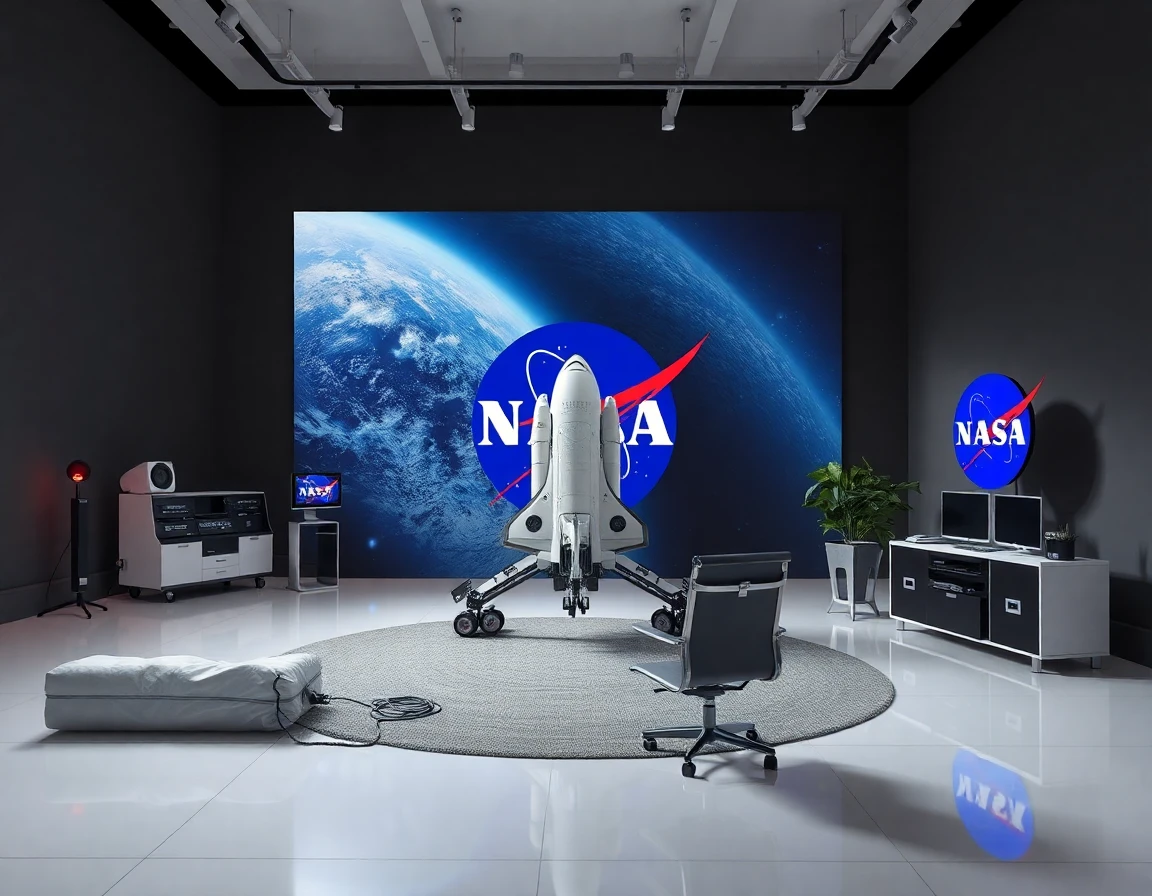NASA’s Mars Rover has made headlines following its detection of a potential biosignature, igniting excitement and speculation in the scientific community. This discovery, made last year, could provide invaluable insights into the possibility of life beyond Earth.
Understanding the Discovery
The Mars Rover, part of NASA’s ongoing exploration of the Red Planet, has been equipped with advanced scientific instruments designed to analyze the Martian environment. According to NASA’s recent announcements, the rover identified what appears to be organic molecules that may indicate past biological processes. This finding aligns with the mission’s objective to explore whether Mars ever supported microbial life.
Dr. Sarah Mitchell, a leading astrobiologist at NASA, stated, “This potential biosignature represents a significant step forward in our quest to understand the history of life on Mars. The data we’ve received is promising and warrants further investigation.”
Technical Analysis of the Instruments Used
The success of the Mars Rover can be attributed to its sophisticated instrumentation, which includes high-performance APD quadrant modules. These modules enhance the rover’s ability to detect faint signals from organic materials by converting optical signals to electrical signals. With built-in preamplifiers, the instruments ensure high sensitivity and accuracy, crucial for identifying biosignatures amidst the Martian soil.
Additionally, the rover is equipped with advanced thermal management systems that allow it to operate in extreme temperatures, ensuring that the scientific instruments function optimally on Mars’ harsh surface. These systems are essential for maintaining the integrity of sensitive equipment, particularly during nighttime when temperatures can plummet.
The Implications of the Discovery
The implications of detecting a biosignature on Mars are profound. If confirmed, this discovery could reshape our understanding of life in the universe. It opens up discussions about the potential for past life on Mars and could inform future missions aimed at directly searching for current biological activity.
Dr. John Harrison, an aerospace engineer involved in the Mars mission, commented, “Every discovery we make on Mars builds upon our knowledge of planetary evolution and the conditions that may support life. This potential biosignature discovery is a testament to the capabilities of our technology and the dedication of our teams.”
Next Steps in Mars Exploration
Following this significant finding, NASA plans to conduct further analysis and potentially send additional missions to Mars. These missions may involve the use of enhanced technologies, such as improved gyroscopic instruments for precise navigation and data collection. Understanding the landscape and geological features of Mars is critical for future missions aiming to explore the planet’s past environments.
In addition to direct exploration, NASA is considering collaboration with international space agencies to expand its research capabilities on Mars. This cooperative approach could accelerate the pace of discoveries and enhance the scientific community’s understanding of the planet.
Conclusion: A New Era of Discovery
NASA’s Mars Rover’s potential biosignature discovery marks a pivotal moment in the quest to understand life beyond Earth. As researchers delve deeper into the data collected, the possibility of finding evidence of past life on Mars becomes increasingly tangible. The integration of advanced technologies, including high-performance infrared detector systems and sensitive signal processing instruments, underscores the importance of innovation in space exploration.
As we look ahead, the excitement surrounding this discovery reminds us of the vast possibilities that lie within our solar system. NASA continues to lead the charge in unraveling the mysteries of Mars, pushing the boundaries of our knowledge and igniting the imaginations of future generations of scientists and explorers.
References
-
NASA Research - defensenews.com (defensenews.com)
-
NASA Research - aviationweek.com (aviationweek.com)
-
NASA Research - spacenews.com (spacenews.com)



